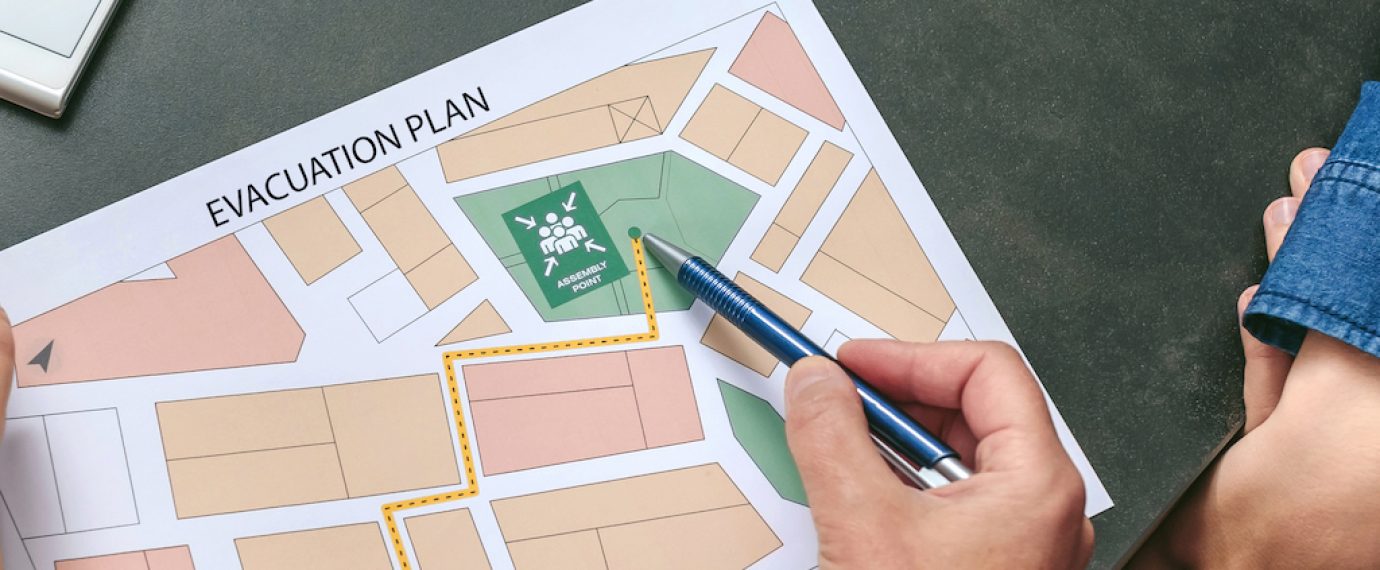It may be an uncomfortable topic to address, but the reality is that severe workplace violence incidents can happen at any time, in any facility. Having a plan and preparing employees for this real-life nightmare could quite literally be the difference between life and death.
While somewhat rare in a broader sense, workplace shootings have been seemingly on the rise in 2021. This type of event occurs when an employee enters his or her workplace with the sole intent of doing harm to fellow employees. Between 2006-2020, there were 13 occurrences, which works out to about once per year. However, instances have already occurred three times in the USA throughout 2021, with incidents in Texas, California, and Wisconsin.
It is also important to examine the risk someone from the public may play in an active shooter situation at your worksite. In fact, FBI data between 2000-2018 shows that 43% of all active shooter scenarios occur in places of business or commerce. That number grows to 80% if healthcare and education are included. This means that in 80% of all active shooter scenarios, an employee at work is likely at risk.
Advice for Clients
Preparation and Prevention
Preparation is the key to both prevention and a good response to a scenario involving a violent intruder in the worksite. The following basic proactive measures are recommended to all employers:
- Monitoring and restricting site access of employees, visitors, contractors, and the general public.
- Conduct employee screening and background checks.
- Create a system for signs of violent behavior and make counseling available to employees.
- Ensure the facility has appropriate egress routes and physical security systems.
- Train all employees on how to respond during a violent intruder scenario (see below).
- Train supervisors and managers on predictive signs of violent behavior including
- Increased use of alcohol and/or illegal drugs
- Unexplained increase in absenteeism; vague physical complaints
- Noticeable decrease in attention to appearance and hygiene
- Depression/withdrawal
- Resistance and overreaction to changes in policy and procedures
- Repeated violations of company policies
- Increased severe mood swings
- Explosive outbursts of anger or rage without provocation
- Behavior, which is suspect of paranoia (“everybody is against me”)
- Increasingly talks of problems at home
- Escalation of domestic problems into the workplace; talk of severe financial problems
- Talk of previous incidents of violence
- Empathy with individuals committing violence
- Increase in unsolicited comments about firearms, other dangerous weapons, and violent crimes
Crisis Response
The Department of Homeland Security (DHS) and the Federal Bureau of Investigation both recommend that employers train employees on the appropriate responses to an active shooter. The Run, Hide, Fight response is a common strategy deployed in active shooter situations in the workplace or elsewhere.
Police should be called as quickly as possible. The individual calling the police should try to note the following information:
- Description and last known location of the shooter
- Number of perpetrators if more than one
- Information about any known victims or injuries
RUN
During a violent intruder crisis, individuals should try their best to remain calm and make smart, calculated decisions. As soon as it is safe to do so, employees should evacuate through their nearest exit and put as much distance as possible between themselves and the intruder. If possible, alert and assist other employees while exiting. It is important to commit to your actions, not hesitate, and trust your instincts. Evacuating to a safe location and alerting law enforcement by calling 911 is the best-case scenario in any active shooter event.
HIDE
If it is not safe to evacuate, employees should try to hide or barricade themselves in a secure location away from the perpetrator. Active lockdown measures include:
- Lock doors and windows and close the blinds.
- Push heavy furniture in front of the door.
- Stand behind large objects if available and stay low to the ground away from any windows.
- Turn off lights and equipment and make as little noise as possible once in a secure location.
- Do NOT answer the door or leave the lockdown until an all-clear has been issued by police or a safe evacuation opportunity exists.
FIGHT
As a last resort, confrontation with the shooter may be necessary if employees find themselves trapped in an area with the threatening individual. Actions should be taken to disrupt or incapacitate the intruder to allow a safe escape. Remember that the primary goal should always be to run from the encounter as soon as it is safe to do so. Aggressive confrontation of the intruder should only occur if your life is in imminent danger. DHS recommendations for the confrontation of an active shooter include:
- Throw objects with intent to disrupt and allow for escape from the scene.
- Improvising weapons with objects available in the room.
- Using teamwork to overwhelm and incapacitate the intruder until police arrive.
*Note that this is an absolute LAST RESORT
- Act with conviction and do not hesitate. Be decisive in your actions.
For more information on the FBI’s Run, Hide, Fight response, watch the video here.
Sources
https://www.dhs.gov/xlibrary/assets/active_shooter_booklet.pdf
https://doj.gov/active-shooter-incidents-in-the-us-2020-070121.pdf
https://www.fbi.gov/about/partnerships/office-of-partner-engagement/active-shooter-resources



